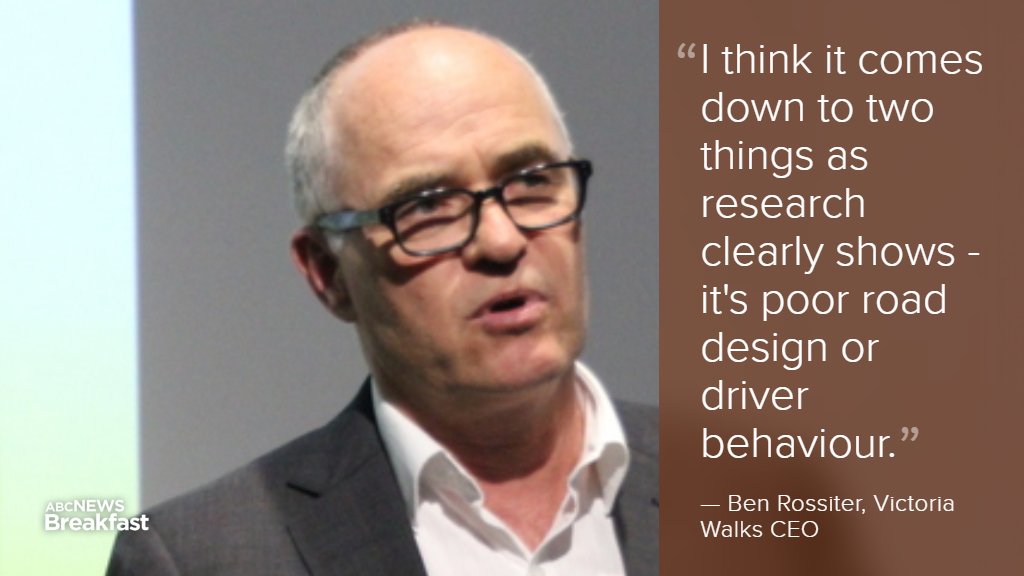What's causing pedestrian crashes?
31 May 2018
Suddenly it seems, the media has a taste for stories about pedestrian safety.
Our Executive Officer, Dr Ben Rossiter, recently talked through the issue in an extensive interview with ABC News Breakfast. About 170 walkers are killed and 2,600 are hospitalised in Australia each year. There had been a long term downward trend in pedestrian fatalities, to a low of 151 in 2014, but in a concerning change it now seems they may be trending back up. Ben pointed to the evidence in our research Safer Road Design for Older Pedestrians to suggest road design and drivers failing to give way were the key issues, rather than pedestrian behaviour. With older people making up so much of the pedestrian road toll, he noted "they're not Snapchatting... they're not tweeting or updating profiles."
Meanwhile, after a couple of opinion pieces claimed that people walking with phones was a major problem, Jenna Price led the rebuttal in The Sydney Morning Herald, "for those of you about to start bleating about texting and headphones, let me remind you that I could be doing headstands naked on a pedestrian crossing and I should still be safe. Marked pedestrian crossings should be the safest place on earth for a pedestrian to walk."
Victim blaming?
The tragic death of Aivy Nguyen, the 14 year old girl hit by a truck driver that failed to stop on the way to school, was reported in an unfortunate way by 7News, who labelled it as a "headphones tragedy." Aivy was apparently wearing headphones at the time of the crash but, as transport consultant Steven Burgess noted, "I’m thinking the truck was more of a contributor than the headphones."
Do we need that speed?
The Age interviewed Michael Replogle from New York City’s Department of Transportation, leading a bold road safety strategy that has seen pedestrian deaths cut by nearly a quarter over the past four years. Key to the success of the campaign, Mr Replogle said, was cutting road speed limits from nearly 50 km/h to 40 km/h on local and arterial roads. “It’s very important to reframe these conversations into what’s worth more – a life, someone you love, or saving a minute. Because that’s what it comes down to."
For Victoria Walks, Ben acknowledged that Melbourne had "so much to learn from New York". He called for 30km/h speed limits in the Hoddle grid and in dense inner residential streets, particularly around schools and shopping strips.
And finally, how long do you have to wait for a footpath?
In 1972 Rita Kenney asked her local council to build a footpath on her street, to help her kids walk to school. Happily, the council said yes. But, 46 years later with her children now middle-aged, 89 year old Rita was still waiting.
A Current Affair talked to Rita about her experience, and spoke to Ben about the missing footpaths in our lives.
So, is Rita getting her footpath? Well, after some of her neighbours objected to having to contribute, the local council will be deciding in June. Rita will have to wait a little longer to find out.
Check out the full ABC News interview here